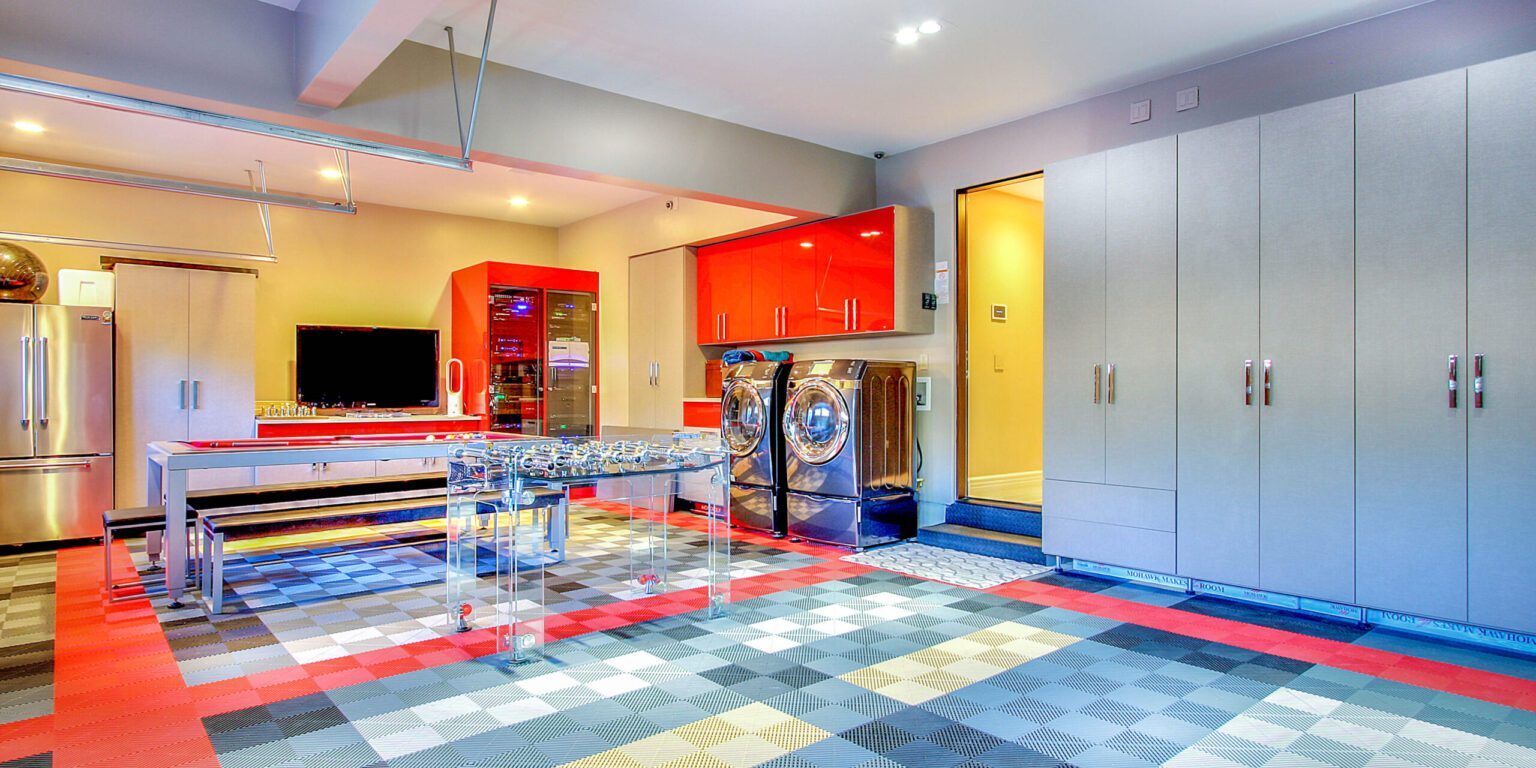Have you ever thought of integrating technology into your home or office but have been afraid that it would be a mess? It doesn’t have to be if you select the right integrator and know how to work with them.
Here are 7 things to do to make sure your technology integration process will be painless and pleasant.
1. Plan ahead of everything.
Planning will make it easy to make a timeline and also put deadlines for the integrator, as well as for yourself.
Especially when there are many different trades involved, it will be better if every team understands what and when they should deliver.
2. Decide how much budget you want to allocate for the whole project!
Before you talk with your integration company, have a rough number of how much you want to spend, so that you can get the real quote on what value you can get for your budget.
3. Hire an experienced, educated technology integration company!
Make sure that the team members of the integration company are trained and educated properly, so that you won’t have problems afterwards. Changing the integrator in the middle of the project or worse – at the end is the worst thing that can happen to a home owner or a contractor/project manager. Hiring a trained and experienced integrator will make sure that you will get service and support to the system long after installation and the company will not just disappear, leaving you alone with your problems.
4. Bring the integration company in before you start building your house!
Bring in the integration company before you do the wiring and close the walls. Ask the integrator if they can do the low-voltage wiring, too. It’s always good when all the work is done by 1 company, who’ll be responsible for everything afterward.
Don’t give the home automation system wiring to a common high-voltage electrician. Home automation systems have special low-voltage wiring requirements, which your electrician may not take care of.
5. Decide for yourself what you would sacrifice – the look of the house or the audio/video quality if you had to choose.
Sometimes you need to sacrifice the quality of the audio/video equipment to have a hidden, clean look or sacrifice the perfect design to have a perfect pro audio quality. Make sure that your integrator understands which one is more important for you so that they can offer you the right decisions.
6. Tell your integrator what are your fantasies, regarding your smart home but also be realistic.
Tell them to inform you exactly how much is the sustainability of the system you want and in which cases it may not work. Do you want to have something, which will only work in 25% of cases?
7. After the installation request all the system design plans and drawings, as well as system manuals from the integrator.
This will make sure you don’t get into trouble in case you decide to change your integrator or if something happens and you have to repair the system. It’s always good to have exact engineering drawings of what is where.








